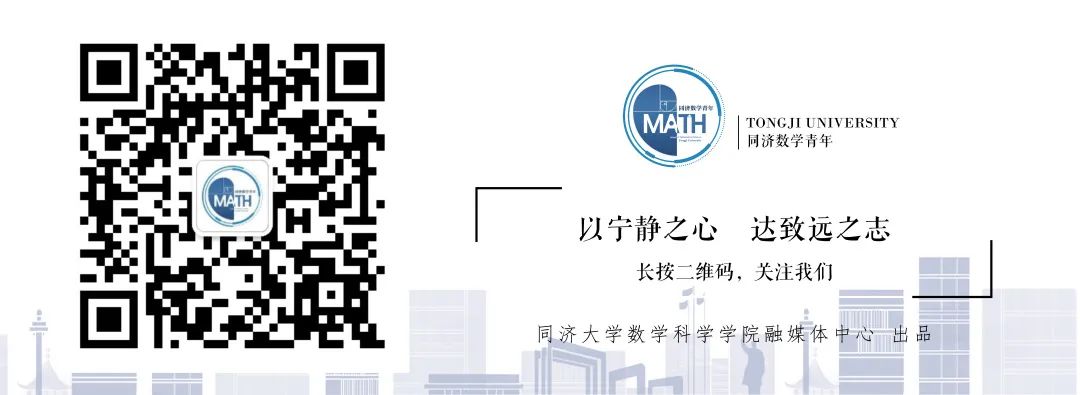A prime number is also called a prime, which refers to a natural number greater than 1 that has no other factors apart from 1 and itself. If a natural number can be expressed as the product of two prime numbers, that natural number is called a semiprime (also known as a biprime or a secondary prime).
For example, 69 can be written as the product of 3 and 23, where both 3 and 23 are prime numbers. There are many theories about prime numbers, such as Fermat’s Last Theorem, the Twin Prime Conjecture, etc. So, does the study of semiprimes, which are products of two primes, also hold certain value? The answer is yes, and this is the famous RSA encryption algorithm.
Encryption Process

If Xiao Hong wants to send a message to Xiao Ming, and she hopes that only Xiao Ming can understand it, then the first step is to select two prime numbers, for example:
p=53,q=41
Next, calculate the product of these two numbers, denoted as n
n=53*41=2173
Then comes the crucial part of encryption, we need to find a number d that is easy to obtain for someone who knows the values of p and q, but hard for someone who does not know p and q. Here we need to use the Carmichael function (denoted as λ(n)), defined as the smallest integer m satisfying the following condition:
a^m= 1 (mod n) gcd(a,n)=1
For a general n, calculating its Carmichael function λ(n) is not an easy task, but for a semiprime— the product of two primes, it becomes quite easy. We can obtain this function value as follows:
λ(n)=lcm(p-1,q-1)=lcm(41-1,53-1)=520
Next, we need to choose a number e that is greater than 1 and coprime to λ(n). Here, Xiao Hong chooses e=11, which is used to calculate the number d mentioned above:
d=e^(-1) mod(λ(n))
The above equation can be written as
1=11×d(mod 520)
That is, what number multiplied by 11, when divided by 520, leaves a remainder of 1? Xiao Hong calculates the answer: d=331.
Decryption Process

In cryptography, d is called the private key (not public, known only to Xiao Hong and Xiao Ming), while e and n are the public keys (known to everyone in advance). Now let’s restore the process of sending messages.
Xiao Hong wants to send a number, say 101, to Xiao Ming. Under the effect of RSA encryption, she needs to obtain the encrypted text as follows (public key n=2173, e=11):
Encrypted text=Plain text^e mod n =101^11 mod 2173 = 1305
Therefore, from an outsider’s perspective, Xiao Hong sent 1305 to Xiao Ming. After receiving 1305, Xiao Ming needs to perform the following operation to decrypt it (public key n=2173, e=11):
Plain text=Encrypted text^d mod n =1305^331 mod 2173=101
Note that p, q, and d are private keys. Here, the private key d needed during the decryption process is known only to Xiao Ming and Xiao Hong. The RSA algorithm completes the transmission of encrypted information through such operations.

The vitality of the RSA algorithm lies in the fact that when n is a sufficiently large semiprime, it is very difficult to calculate the private key d using the publicly known keys e and n. This inevitably requires the factorization of the public n into primes. In practical operations, both p and q are chosen as prime numbers of over 600 digits. Although the product n is public, factorizing it is a headache for anyone.
Interested students can refer to the following websites for further exploration: https://seclab.upenn.edu/projects/faas/http://gilchrist.ca/jeff/factoring/nfs_beginners_guide.htmlhttp://cado-nfs.gforge.inria.fr/

Author | Yi Haotian Layout | Liang Yuting